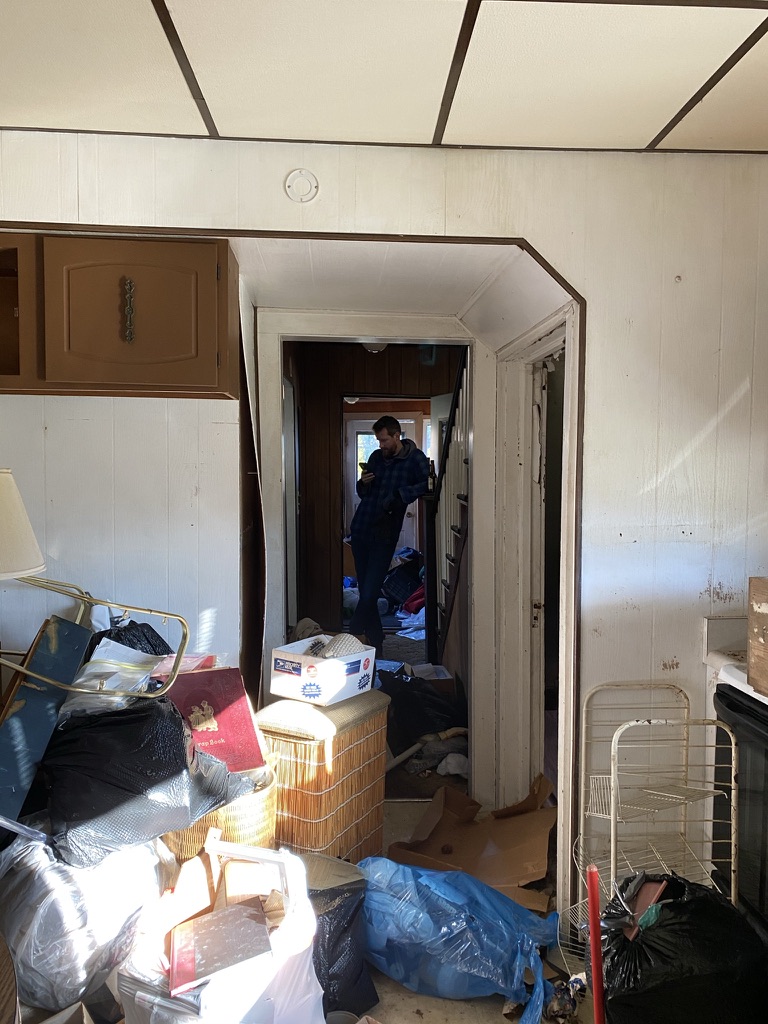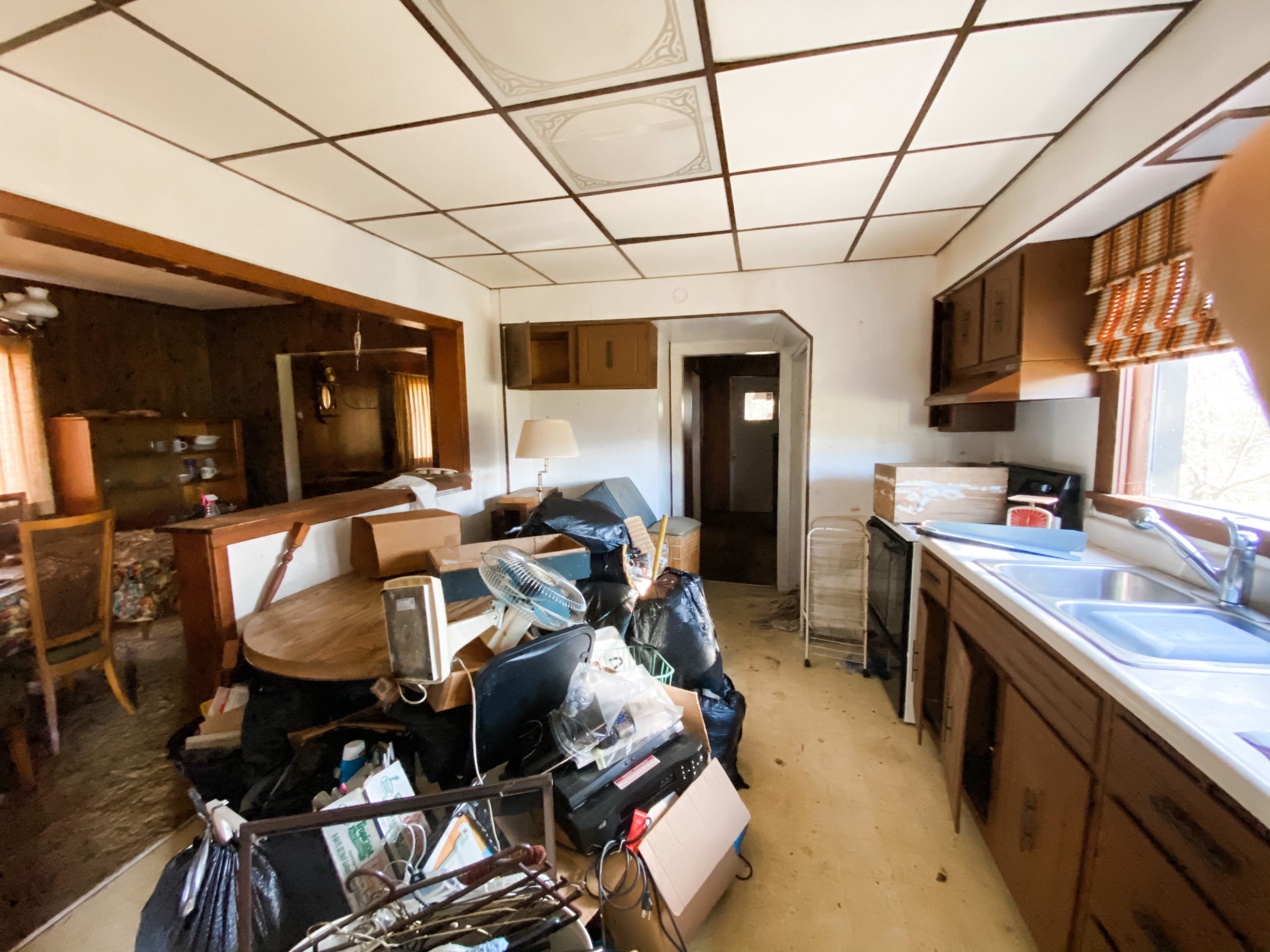This old farmhouse’s foundation had almost entirely collapsed before we bought it last year. We initially looked at it and immediately walked away, like everyone else.
I was driving by a couple of weeks later and wondered if we could potentially make a lower offer if it was still on the market. Reed and I went back to look at it more seriously.
Most people would see a house with a collapsed foundation and understandably be concerned. But I saw a house that was clearly so well built that it could stand even without most of its foundation.
We called two foundation contractors to meet us to give us an estimate, and one, Kevin, gave us a bid that worked.
So we made an offer on the house.
There was another offer, but the seller chose ours. We got it 15k under the already low (well, low sounding) asking price.
We immediately stabilized the house after purchase agreements were signed. Usually work isn’t done to a house by the buyer before purchase, but it was necessary to preserve the house. (The work was in the contractual agreement, by the way).
Since I’m writing this so much later, I know how much work went into just getting the foundation in. The unexpected need to lift the whole house, working into winter unexpectedly….. I’ll write posts about that later that you can look forward to (ever wondered what it’s like to lift a house???).
Initiation
Our biggest project yet – Haines
Anyone would look at a house like this and know there would be unexpected expenses.
But we’re at, like, 100k over budget. Which is “only” like 33% over. But…….
This house was our initiation into becoming proficient in some of the biggest problems in the construction profession, like foundations and house lifting and building additions and garages.
Any time we hear “Haines” now or in the future, we will remember the often grueling process – and all the things it taught us.
The Collapsed Foundation

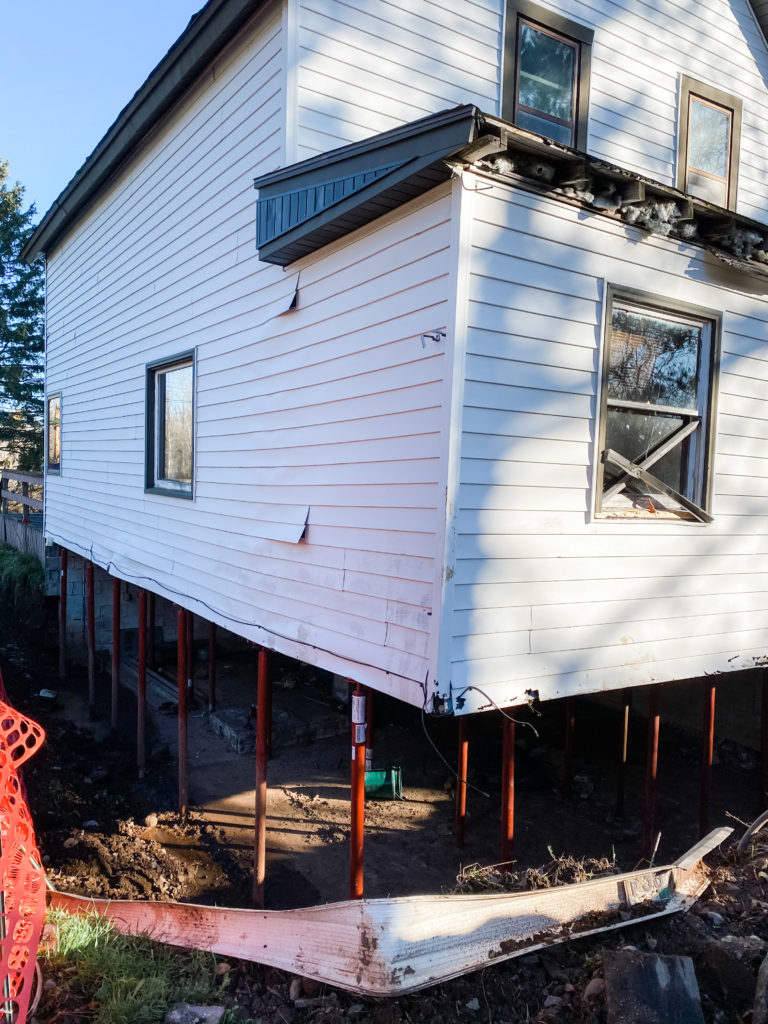
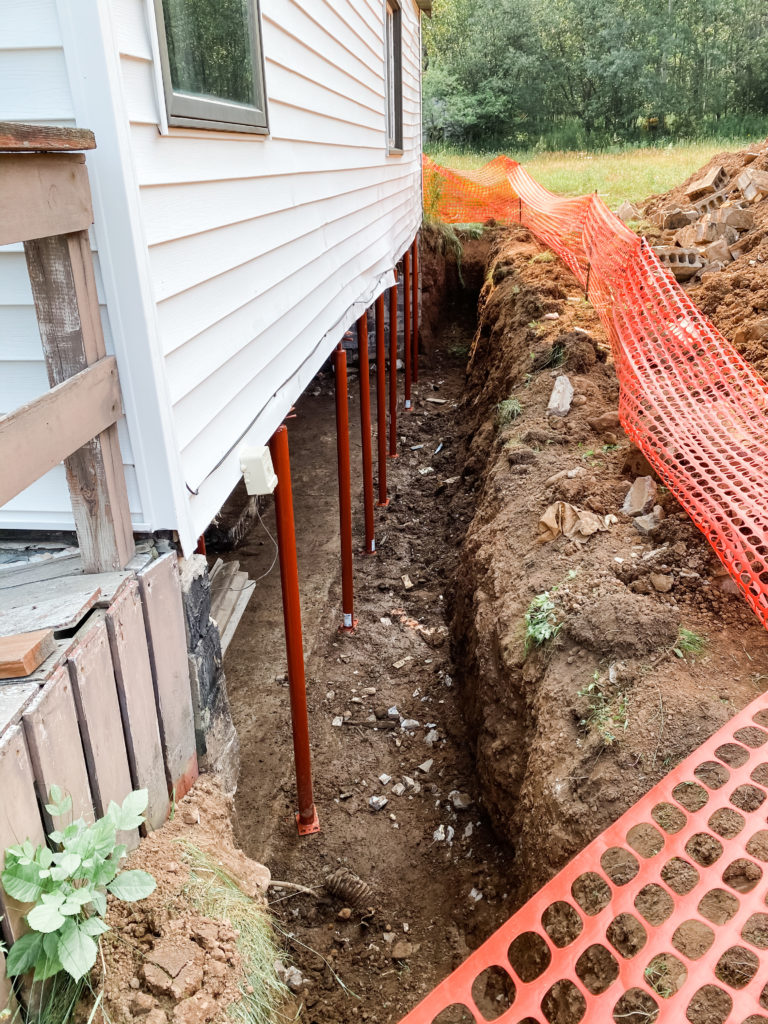
The previous owner, himself a house mover, moved the house here in the 1960s. It’s interesting that the foundation failed so quickly, in just 50 years or so. For those who care at all about foundation failure, we think there were a few contributing factors. There were no gutters, causing a lot of hydrostatic pressure from all of the water. The concrete block was not core filled. And the owners left the home unheated for many many years, further putting pressure on the foundation.
The Inside of a Time Capsule
Stepping into Haines was like stepping into a 1960s time capsule. There were family photos, old documents, bills, boxes and boxes of clothes, all from the 60s and 70s. Not to mention the 60s carpet, paneling, and cabinetry.
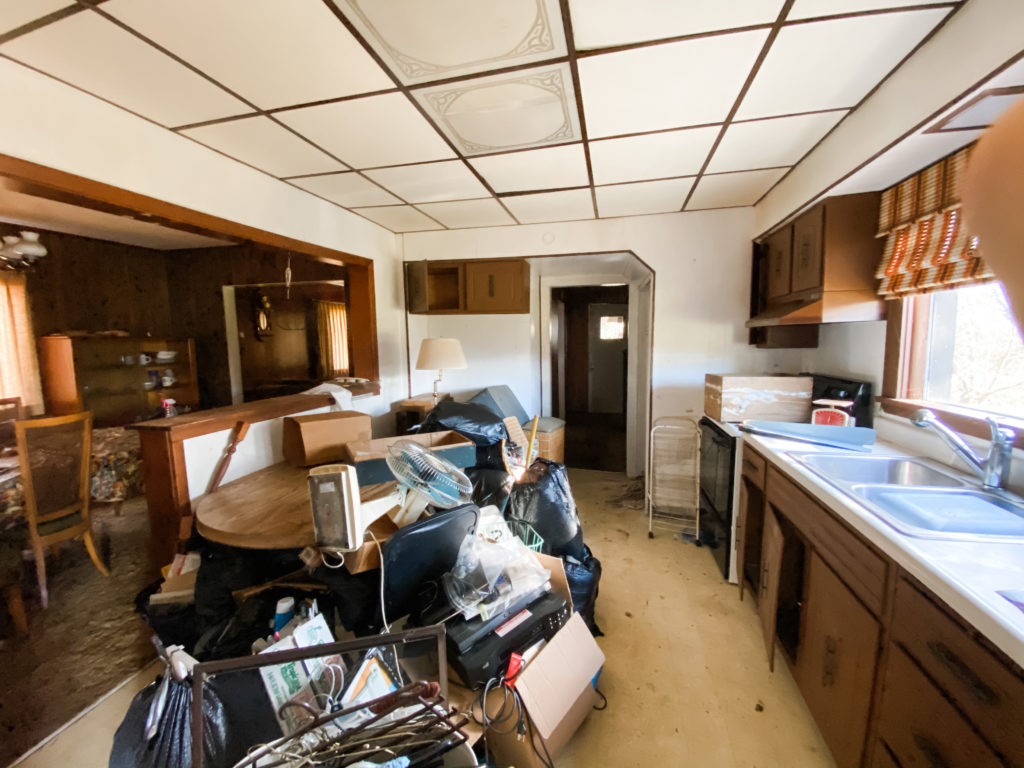
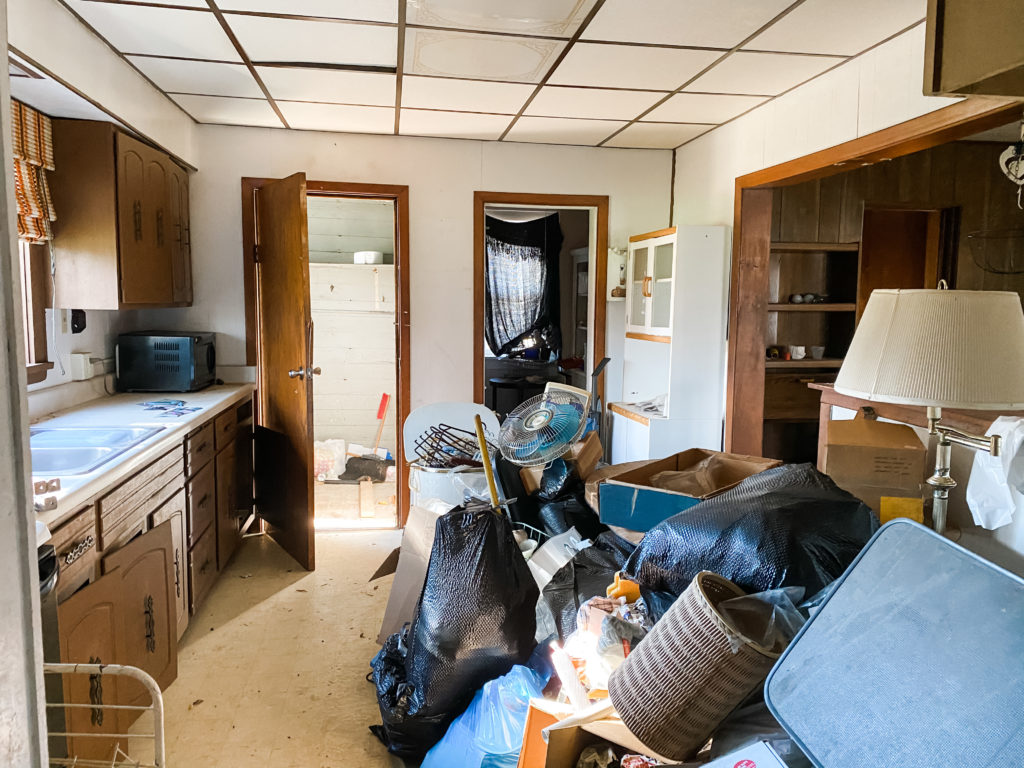
We told the family they could just leave everything. It was very interesting going through things. My favorite was going through the boxes of clothes from the 70s. We sold what we could, like big furniture pieces.
For quite a while, I refused to walk through this house without Reed immediately next to me. Even though it was stabilized, the house was so uneven it felt like I could fall through any time.
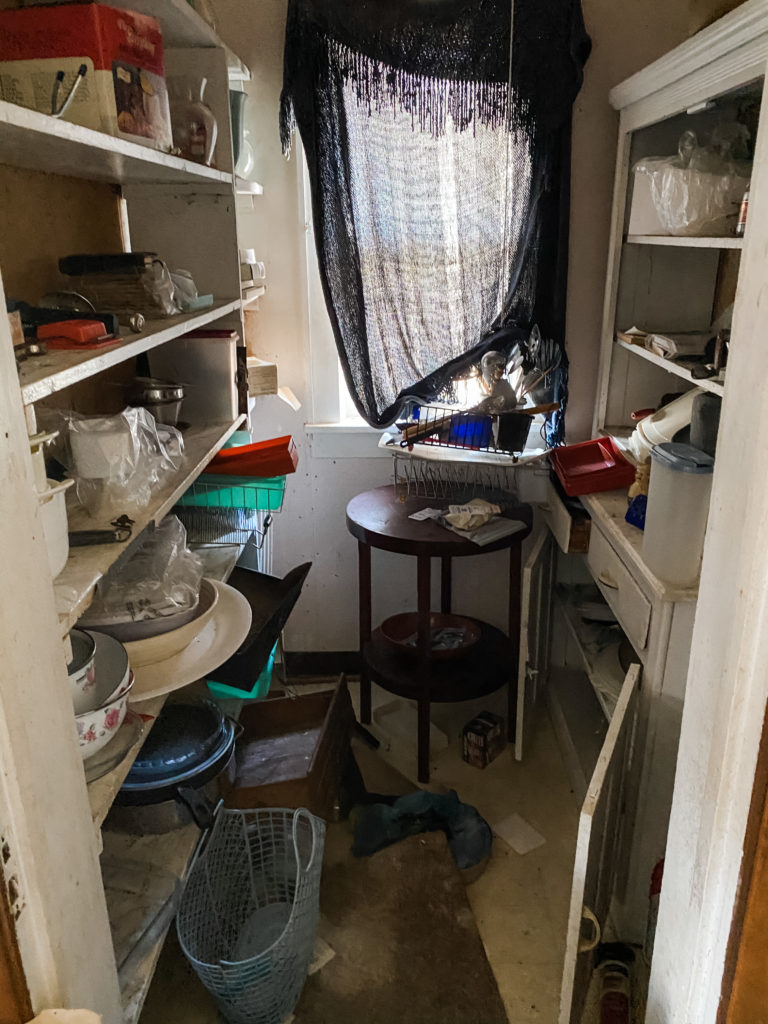
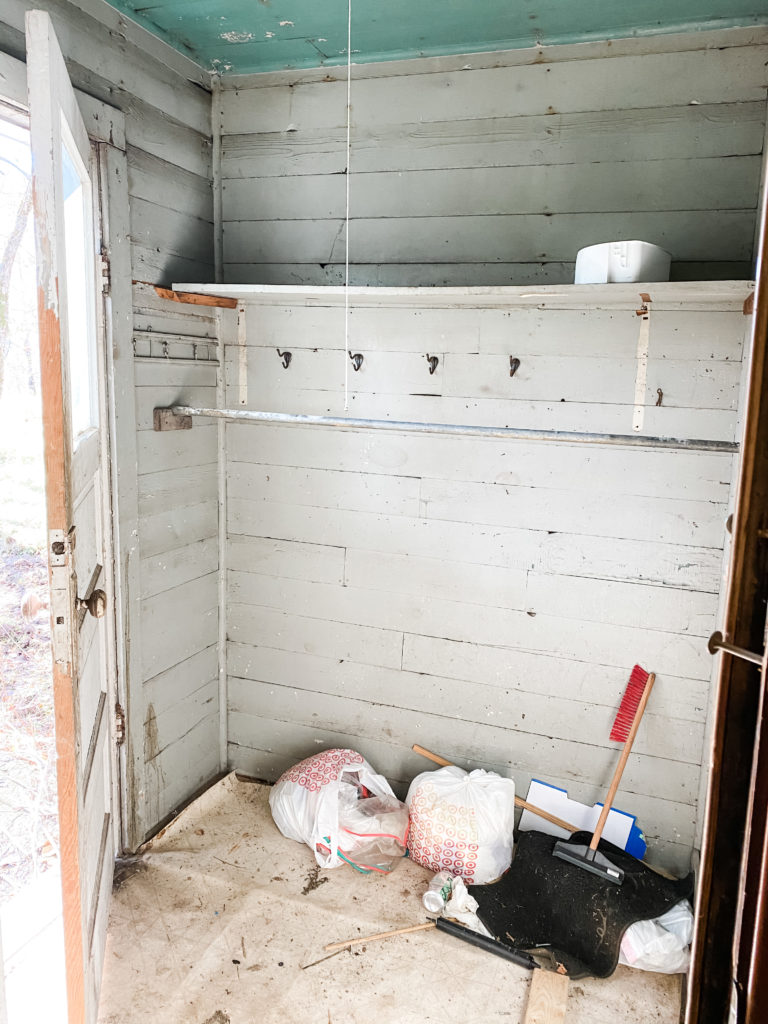

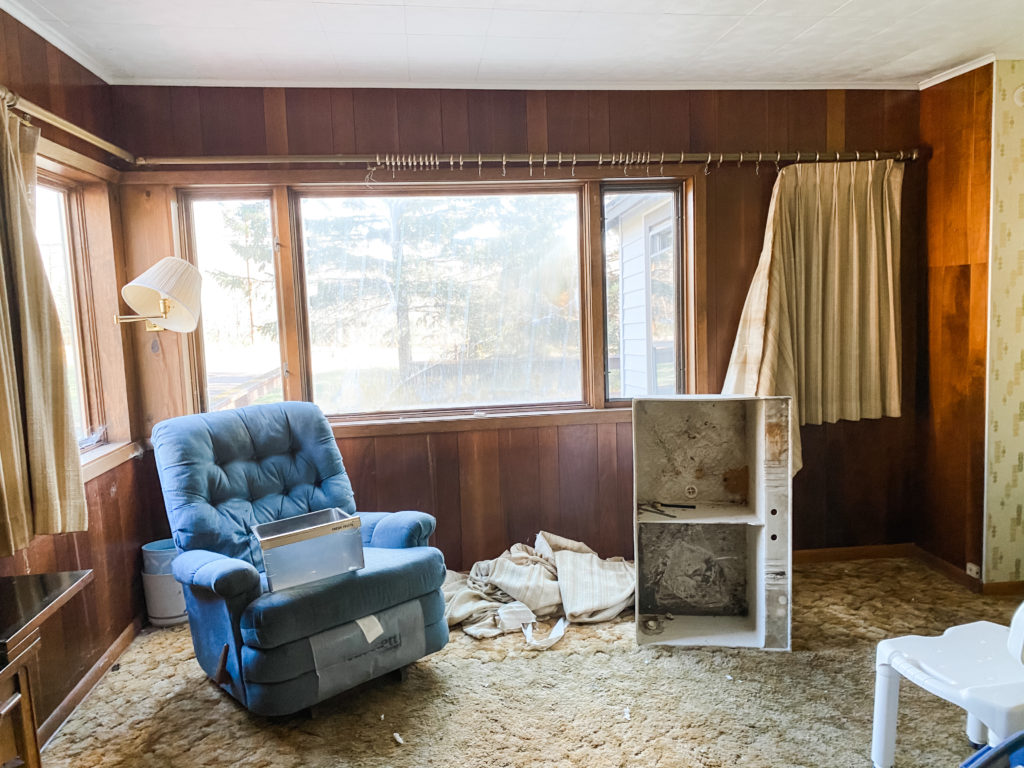
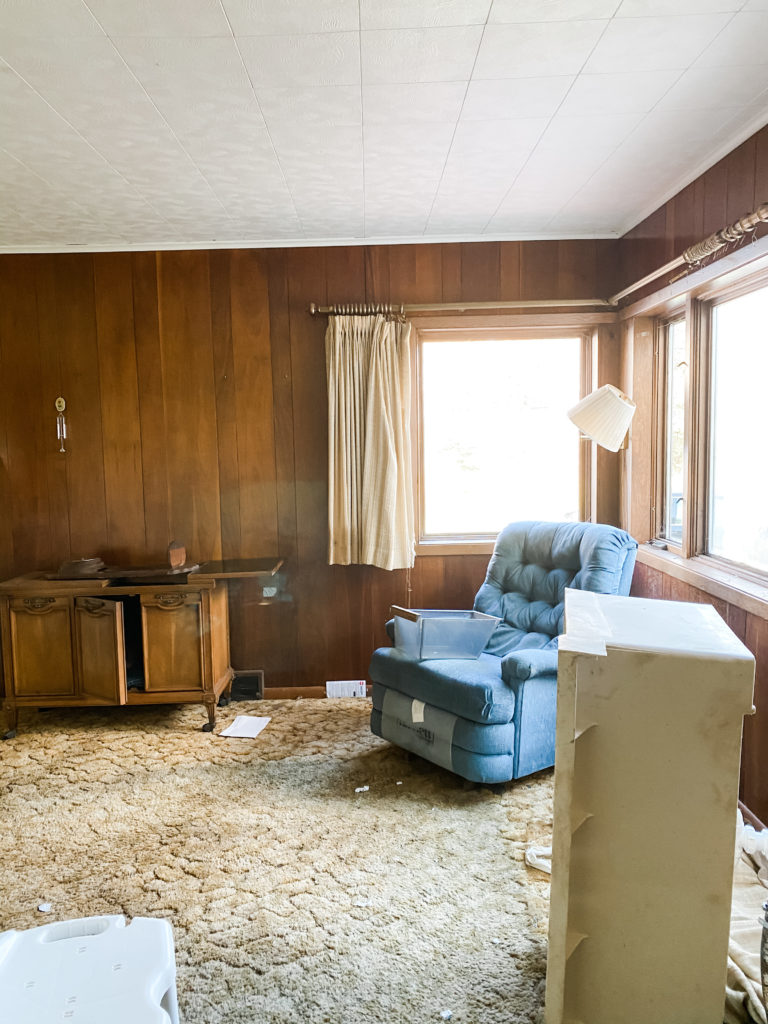

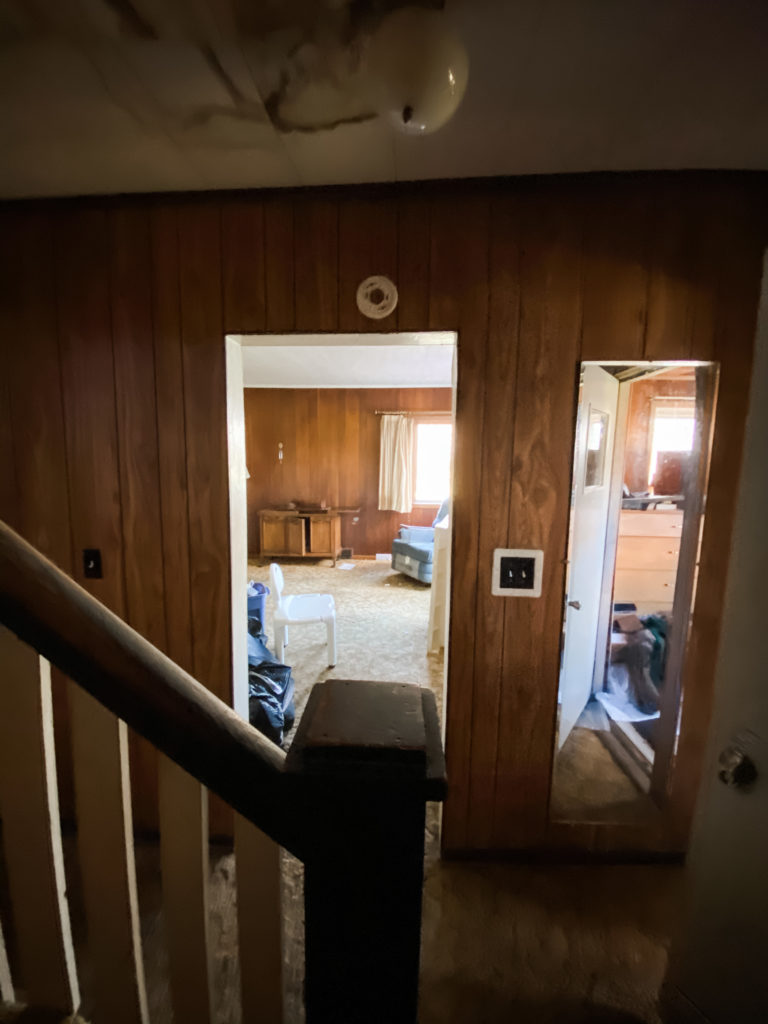
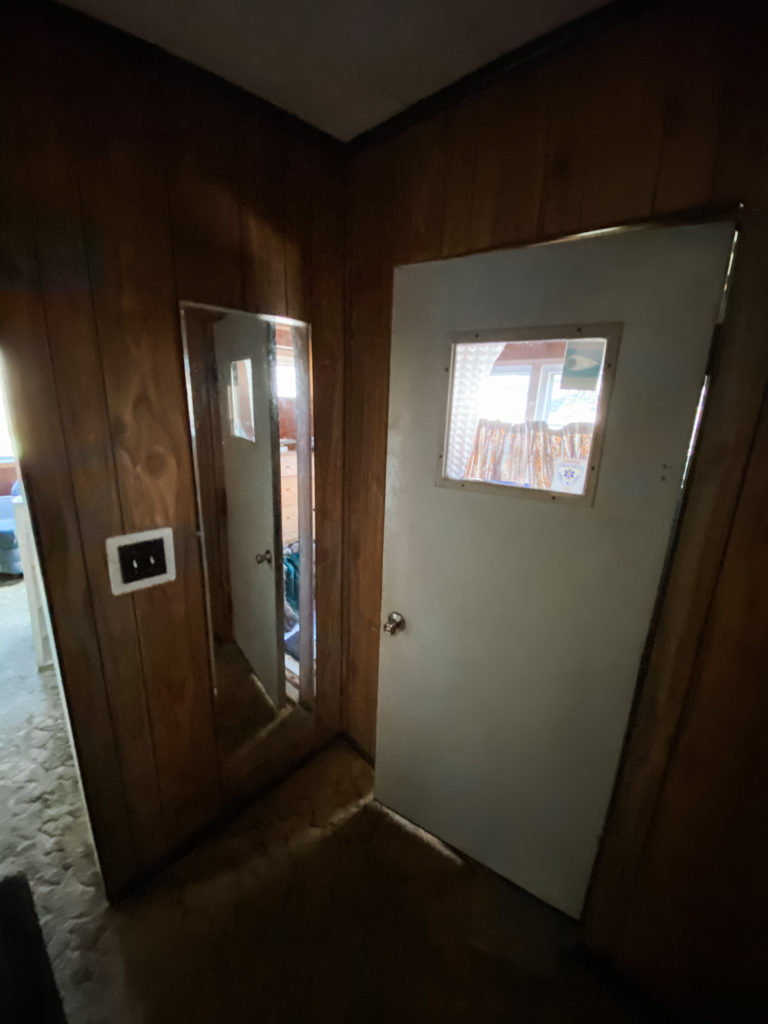
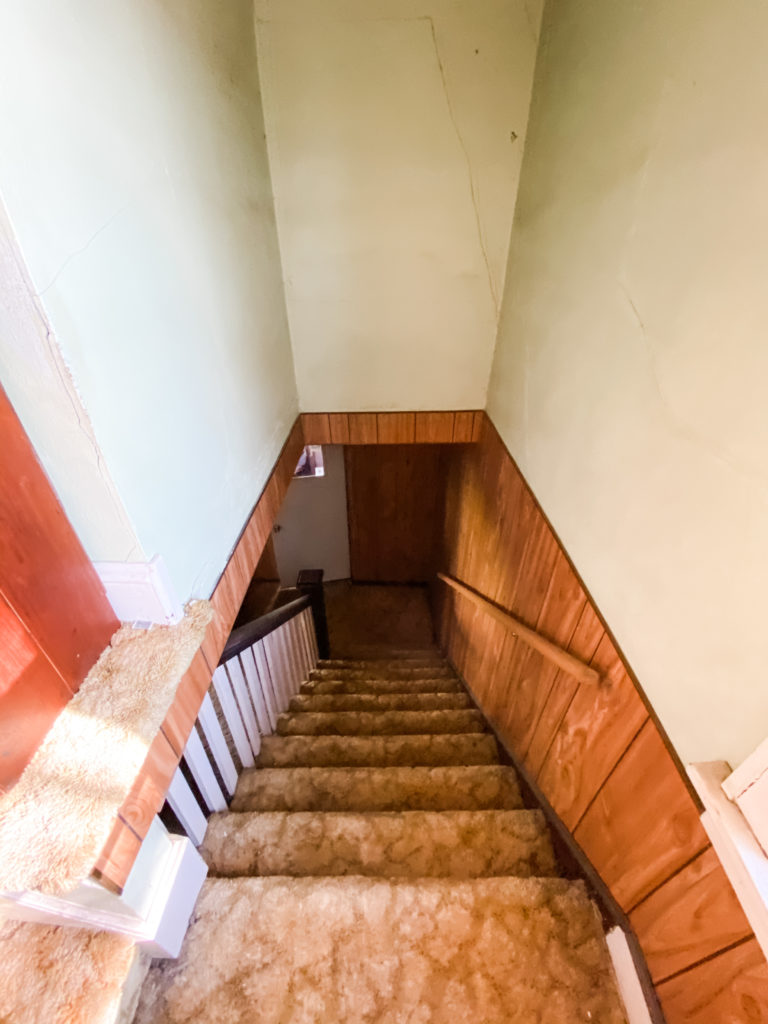
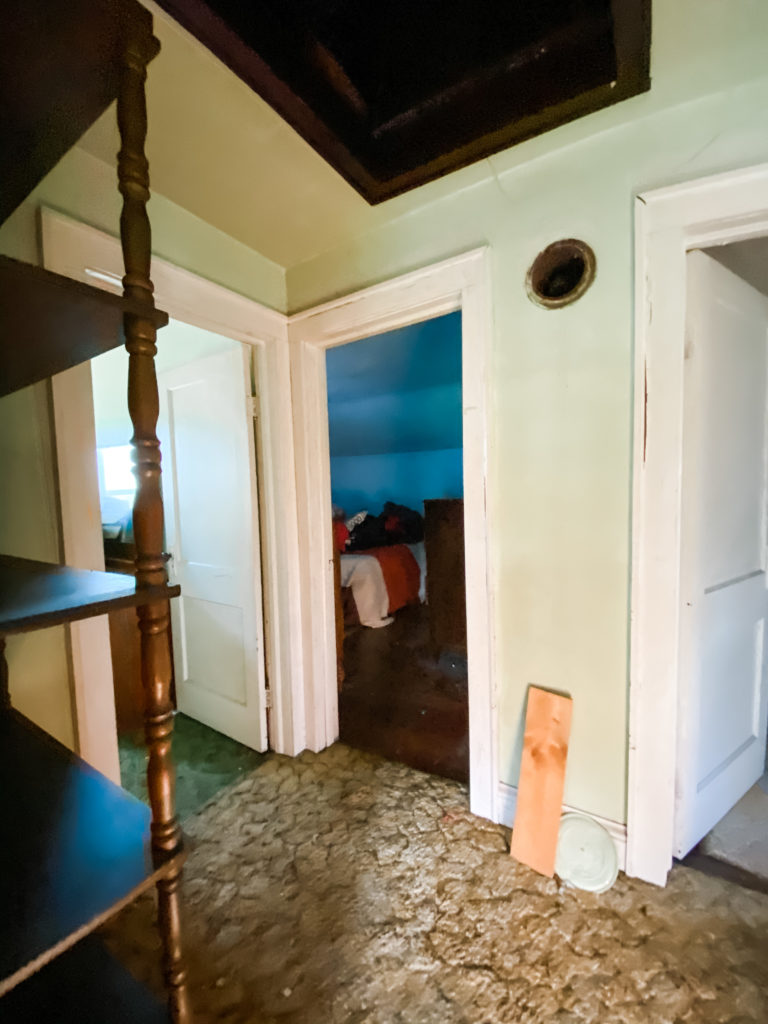
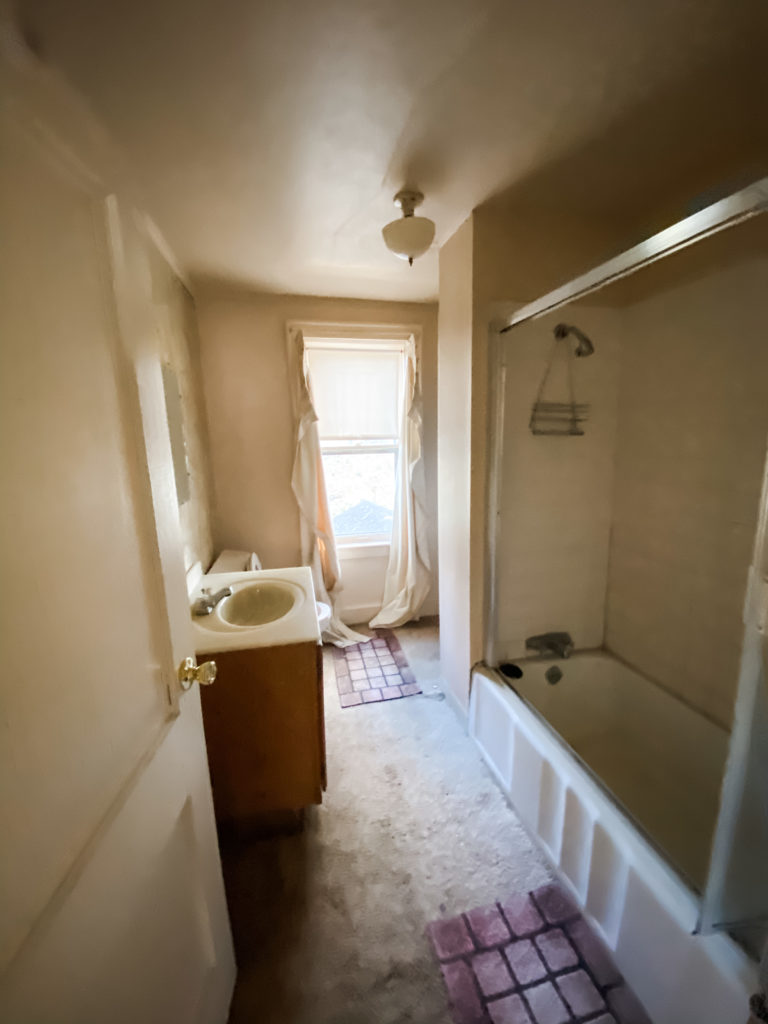
The second best part of the house was this bathroom. Terrible? Yes. Carpet? Why. But definitely one of the best parts of the house.
What do you think the best part was?
The attic. I expected horror, but it was dry, clean, and free of rot and mold.
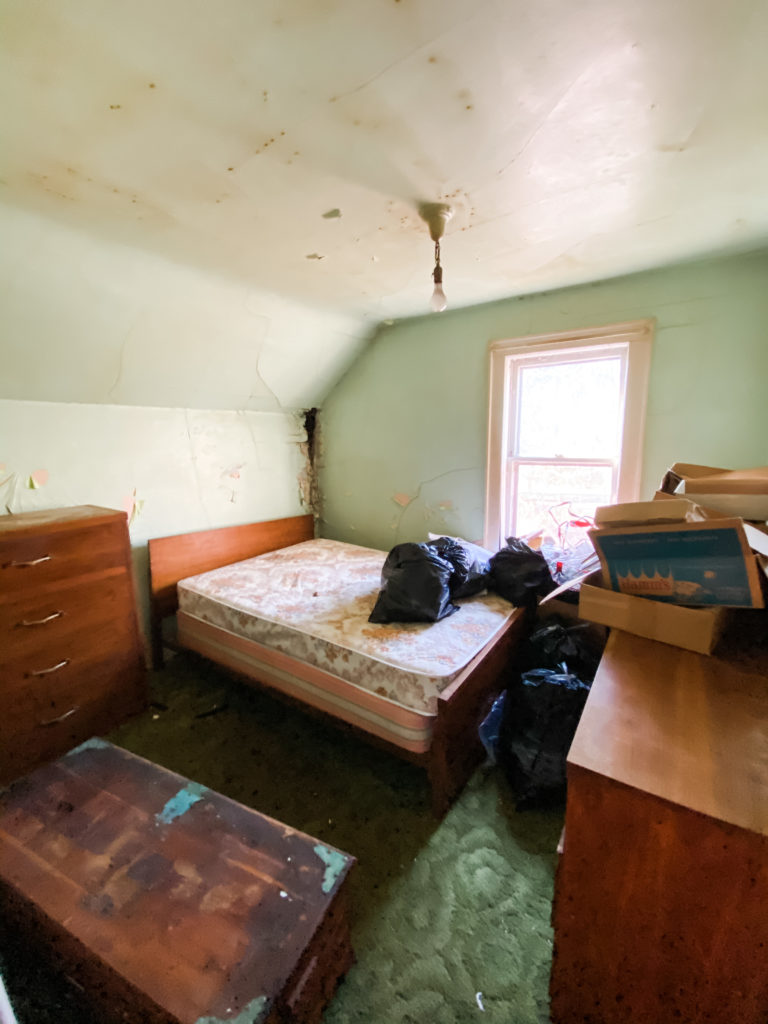
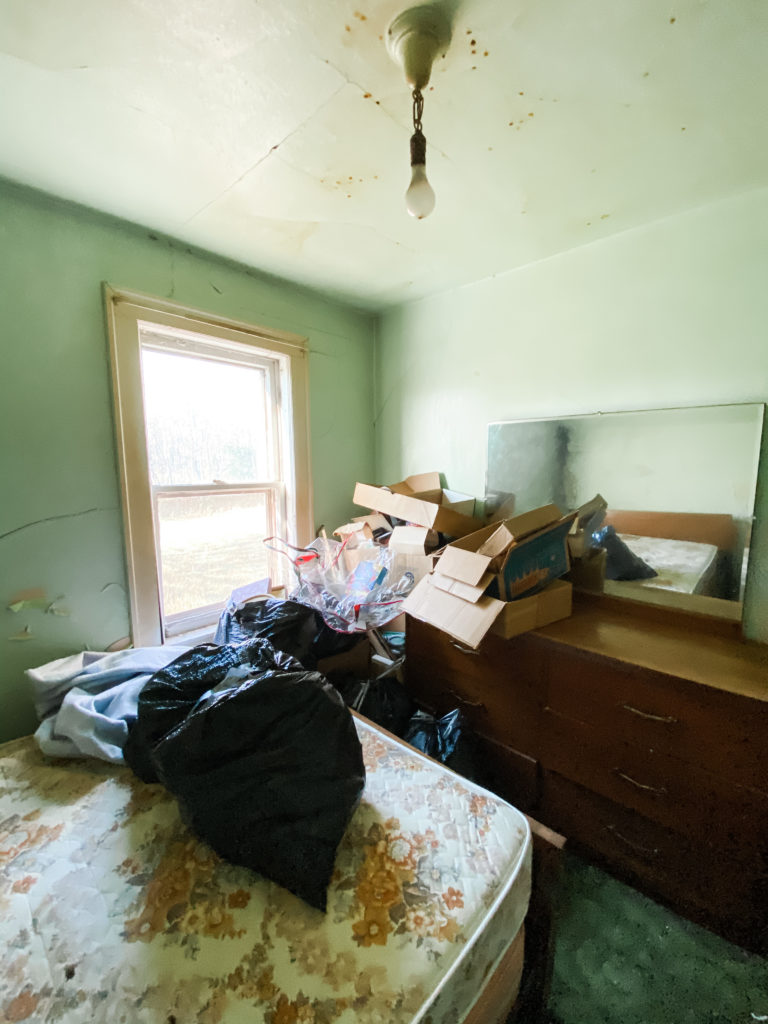
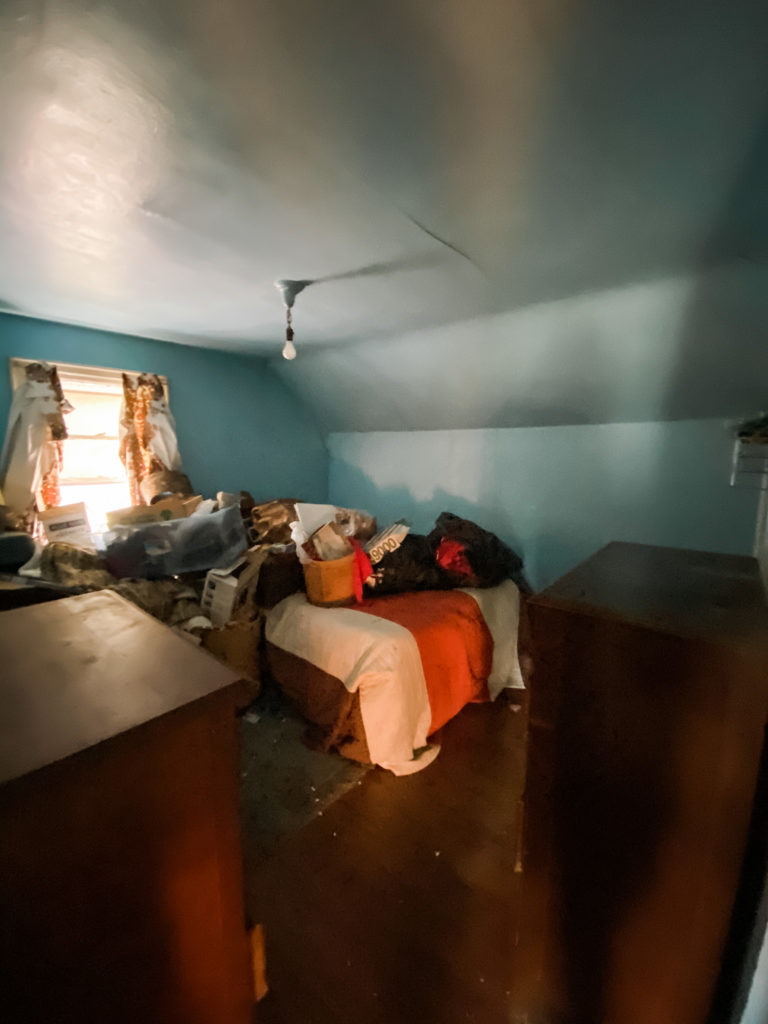
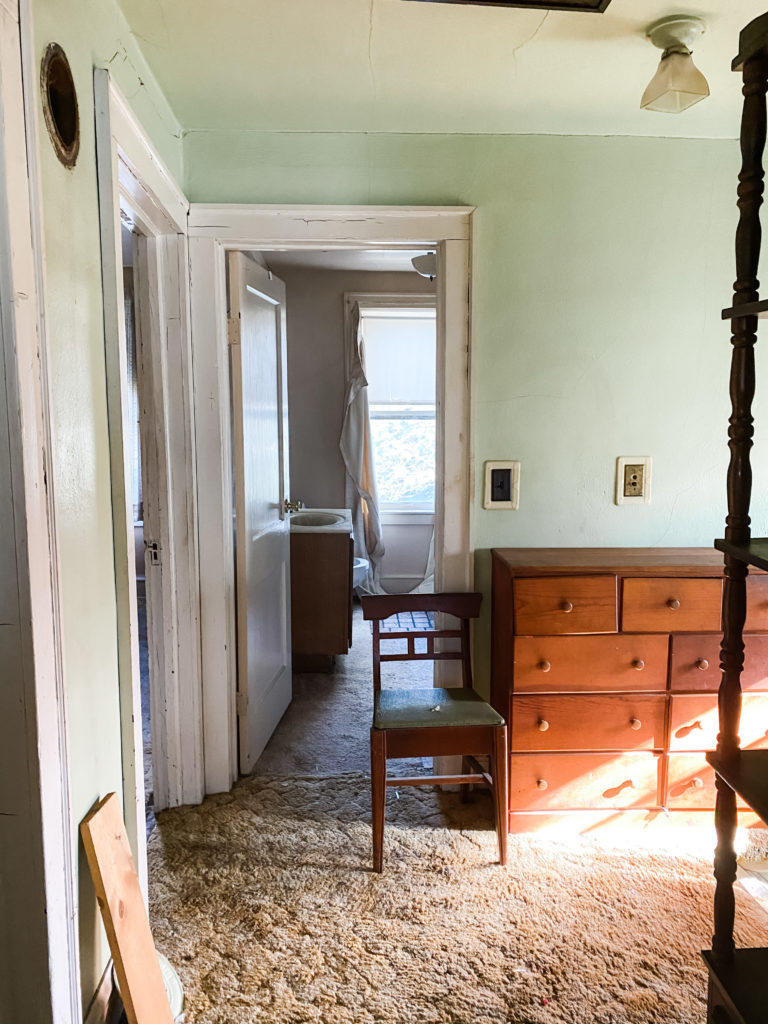
Well, that’s Haines! Stick around for the house-raising drama, the foundation saga, and to see this project all the way through by the end of this summer.
Follow us in Instagram at The Elling Co and subscribe to our email list for frequent updates.
